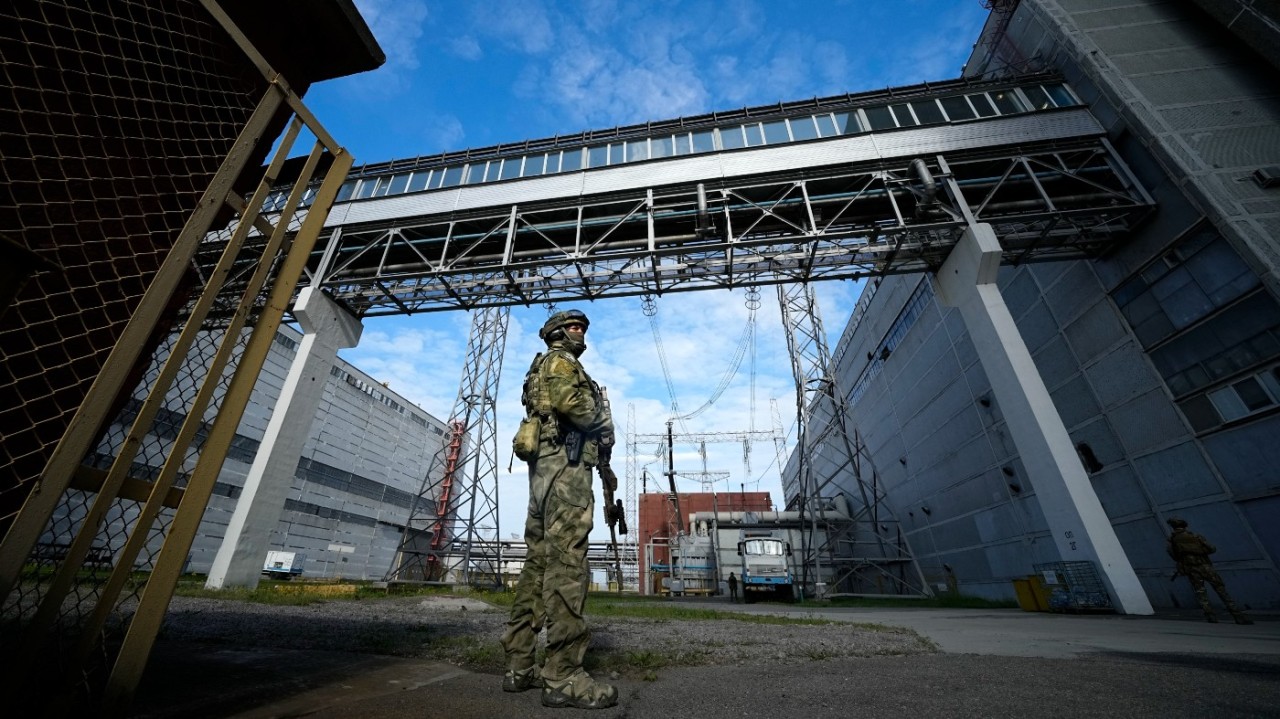
The International Atomic Energy Agency (IAEA) has been given additional authority to investigate the situation at a nuclear power plant that Russia has taken over during its invasion of Ukraine.
Officials from the IAEA, which partners with more than a dozen organizations in the United Nations, will visit the Zaporizhzhia nuclear power plant in southern Ukraine soon, as world leaders have expressed concerns about the plant’s stability, Bloomberg reported Thursday.
Two diplomats with knowledge of the visit told Bloomberg that the delegation will include security and safety authorities along with officials responsible for accounting for nuclear materials at the plant. Agency officials had previously only intended to ensure that uranium-rich stockpiles of material were not missing amid the six-month-long conflict.
The safety and security officials will allow the agency to possibly perform a forensic evaluation of shelling that has occurred at the plant, Bloomberg reported. This evaluation could be used to hold attackers of the plant responsible for the damage it has received.
The IAEA did not immediately return a request from The Hill for comment.
Russia took control of the plant, the largest in Europe, months ago, and Ukraine and Russia have blamed each other for skirmishes and shelling that have occurred near it.
President Biden discussed the need to protect the plant on a call on Sunday with United Kingdom Prime Minister Boris Johnson, French President Emmanuel Macron and German Chancellor Olaf Scholz.
Reuters reported last week that Macron said Russian President Vladimir Putin agreed to allow IAEA officials to visit the plant.
Ukrainian President Volodymyr Zelensky has warned that a “catastrophe” could happen if the plant is not properly defended, saying that any “radiation incident” could affect members of the European Union and other nearby and even more distant countries.
Bloomberg reported that the IAEA wants the visit to happen before Sept. 5, when a two-week international mission was already planned to look into the safety systems of the plant. The mission, which was scheduled before the war began six months ago, would be the first safety evaluation at the plant in 16 years.




